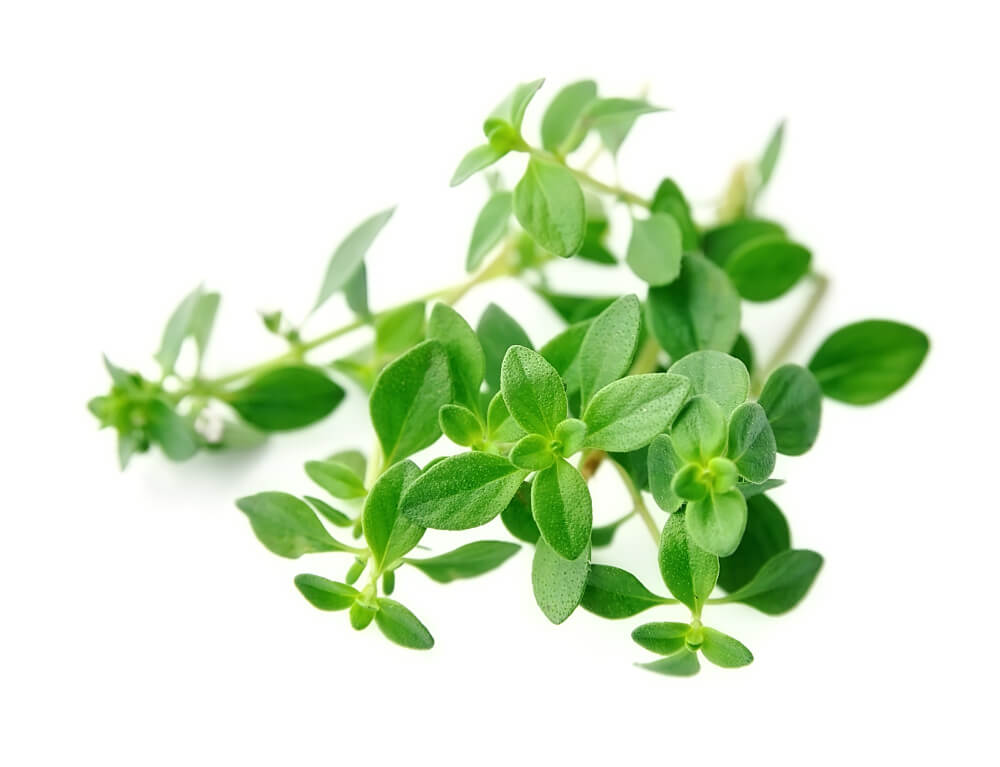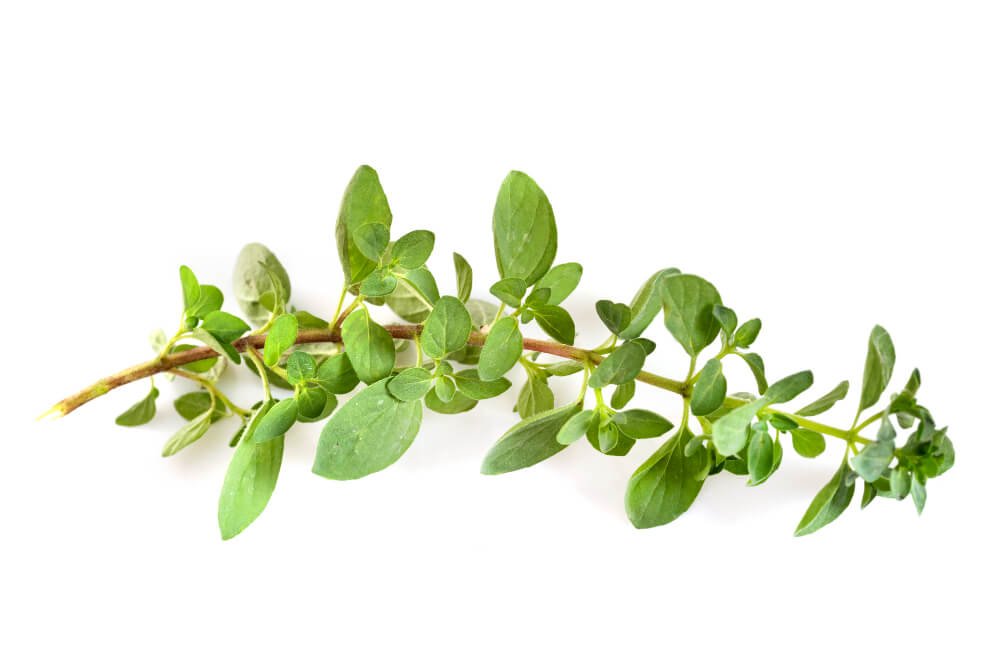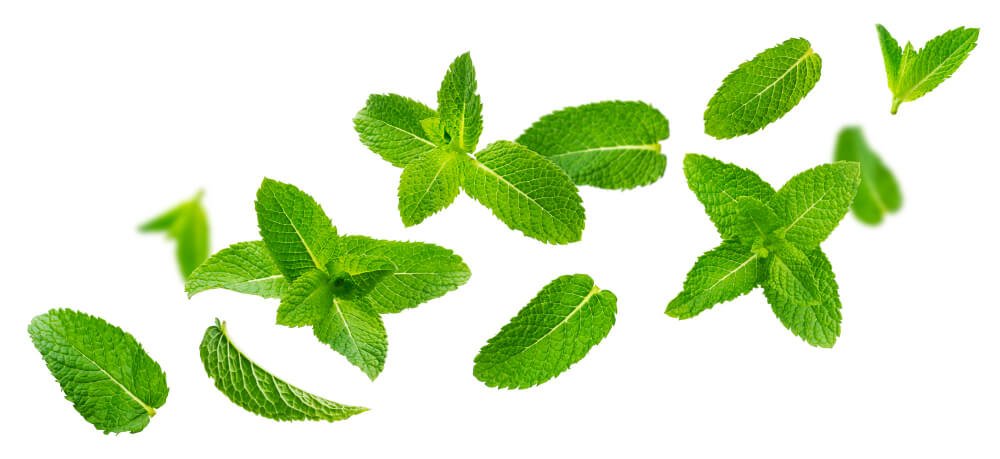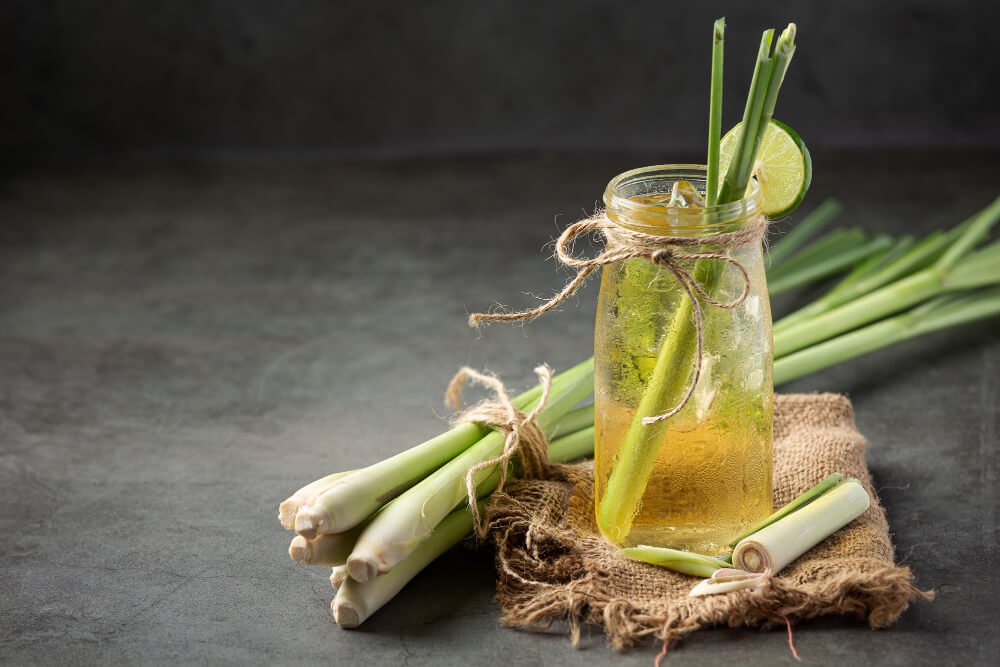Why grow herbs? Herbs grow quickly and are easy to grow, requiring few resources. They can be used in cooking or for medicinal purposes. You might not even know it but many of the plants that you grow today have been around for centuries! Some examples include Lavender, Chamomile, Mint, and Basil. These 8 herbs are some of the most popular and easiest to grow. Sometimes you can even grow herbs in shade.
1) Parsley: This herb is a staple in most kitchens because it goes with just about any dish – from soup to fish! It’s also rich in vitamin C and folate which will help your body stay healthy all year long.
Level of light exposure: Full sun
Water requirements: Moderate
Soil type/pH level for optimal growth: Loamy soil is best. The pH should be between neutral and slightly acidic, ideally around a range of six to seven.
Time until harvest after planting seeds or young plants: Four weeks
Sowing requirements: Seeds should be planted one to two inches deep in moist soil. Keep the soil moist but not soggy until germination occurs which usually takes five days. If you are growing inside, place your seeds on a paper towel and cover them with plastic wrap before moving them to grow under lights at 70 degrees Fahrenheit
2) Thyme: One of thyme’s key benefits is that it is a natural antiseptic. This makes it perfect for treating cuts and scrapes as well as helping to prevent infection.
Level of light exposure: Partial sun
Water requirements: Low
Soil type/pH level for optimal growth: Well-drained soil is best. The pH should be slightly acidic, around a range of six to seven.
Time until harvest after planting seeds or young plants: Six to eight weeks
Sowing requirements: Seeds can be direct sown into the soil. When sowing seeds, place them one to two inches deep in moist soil and keep them well-drained until germination occurs which usually takes five days or more.

3) Oregano: Another popular herb, oregano is often used in Italian cuisine. It’s high in antioxidants which can help protect your body from harmful toxins.
Level of light exposure: Partial sun
Water requirements: Low
Soil type/pH level for optimal growth: Well-drained soil is best. The pH should be slightly acidic, around a range of six to seven.
Time until harvest after planting seeds or young plants: Eight to twelve weeks
Sowing requirements: Seeds can be direct sown into the soil. When sowing seeds, place them one to two inches deep in moist soil and keep them well-drained until germination occurs which usually takes five days or more.

4) Sage: This herb is great for boosting your immune system. It can also help improve cognitive function and memory.
Level of light exposure: Full sun
Water requirements: Low
Soil type/pH level for optimal growth: Well-drained soil is best. The pH should be slightly acidic, around a range of six to seven.
Time until harvest after planting seeds or young plants: Six weeks when growing indoors and 12+ weeks outdoors when growing from seed.
Sowing requirements: Seeds can be direct sown into the soil. When sowing seeds, place them one to two inches deep in moist soil and keep them well-drained until germination occurs which usually takes five days or more. If you are growing indoors, grow under lights at 70 degrees Fahrenheit with a 12 hour day length.
Two grow in the shade herbs:
5) Mint: Mint is a versatile herb that can be used in both sweet and savory dishes. Its refreshing flavor makes it perfect for summertime drinks and desserts.
Level of light exposure: Looking to grow herbs in shade? This one might be for you as it only requires partial sun.
Water requirements: Moderate
Soil type/pH level for optimal growth: Well-drained soil is best. The pH should be slightly acidic, around a range of six to seven.
Time until harvest after planting seeds or young plants: Six to eight weeks
Sowing requirements: Seeds can be direct sown into the soil. When sowing seeds, place them one to two inches deep in moist soil and keep them well-drained until germination occurs which usually takes five days or more.

6) Rosemary: This herb has a strong, pine-like flavor. It’s often used in Mediterranean cuisine. Rosemary is high in antioxidants and has anti-inflammatory properties.
Rosemary is another grow in the shade herb that you might want to consider as it also only requires partial sun.
Water requirements: Low
Soil type/pH level for optimal growth: Well-drained soil is best. The pH should be slightly acidic, around a range of six to seven.
Time until harvest after planting seeds or young plants: Eight to twelve weeks
Sowing requirements: Seeds can be direct sown into the soil. When sowing seeds, place them one to two inches deep in moist soil and keep them well-drained until germination occurs which usually takes five days or more.
7) Lavender: This pretty purple herb is one of the most popular herbs for aromatherapy. It has a calming effect and can be used to treat insomnia and anxiety.
Level of light exposure: Full sun or partial shade
Water requirements: Low
Soil type/pH level for optimal growth: Well-drained soil is best. The pH should be slightly acidic, around a range of six to seven.
Time until harvest after planting seeds or young plants: Six weeks when growing indoors and 12+ weeks outdoors when growing from seed.
Sowing requirements: Seeds can be direct sown into the soil. When sowing seeds, place them one to two inches deep in moist soil and keep them well-drained until germination occurs which usually takes five days or more. If you are growing indoors, grow under lights at 70 degrees Fahrenheit with a 12 hour day length.
8) Chamomile: This herb is often used to treat stomach problems like nausea, indigestion, and diarrhea. It’s also known for its soothing effects on the mind and body.
Level of light exposure: Partial sun or full sun
Water requirements: Low
Soil type/pH level for optimal growth: Well-drained soil is best. The pH should be slightly acidic, around a range of six to seven.
Time until harvest after planting seeds or young plants: Six to eight weeks
Sowing requirements: Seeds can be direct sown into the soil. When sowing seeds, place them one to two inches deep in moist soil and keep them well-drained until germination occurs which usually takes five days or more.
9) Lemongrass: This herb’s refreshing citrus flavor makes it a great addition to tea, stir-fries, and soups.
Level of light exposure: Partial sun or full sun
Water requirements: Low
Soil type/pH level for optimal growth: Well-drained soil is best. The pH should be slightly acidic, around a range of six to seven.
Time until harvest after planting seeds or young plants: Six to eight weeks
Sowing requirements: Seeds can be direct sown into the soil. When sowing seeds, place them one to two inches deep in moist soil and keep them well-drained until germination occurs which usually takes five days or more.

10) Basil: This herb is a must-have in any kitchen. It’s perfect for adding flavor to Italian dishes, but can also be used in Thai and Indian cuisine. Basil is high in antioxidants and has anti-inflammatory properties.
Level of light exposure: Partial sun or full sun
Water requirements: Moderate
Soil type/pH level for optimal growth: Well-drained soil is best. The pH should be slightly acidic, around a range of six to seven.
Time until harvest after planting seeds or young plants: Six to eight weeks
Sowing requirements: Seeds can be direct sown into the soil. When sowing seeds, place them one to two inches deep in moist soil and keep them well-drained until germination occurs which usually takes five days or more.
When it comes to growing herbs, there are a few things to keep in mind. First, make sure you have plenty of sunlight. Most herbs need at least six hours of sun a day. If you don’t have a lot of space, grow them in pots on your porch or deck. You can also grow herbs in the shade if you live in a hot climate. Just make sure to choose plants that thrive in shaded areas.
Herbs are also great for adding color to your garden. Many of them grow quickly and can reach heights of two or three feet. So if you’re looking for a quick and easy way to add some life to your outdoor space, growing herbs is the way to go!
So what are you waiting for? Get started growing your own herbs today! Not only will you be able to enjoy their delicious flavors, but you’ll also be taking advantage of all of their health benefits. As we mentioned sometimes you can even grow herbs in shade. So no excuses what so ever 🙂











